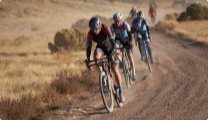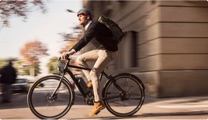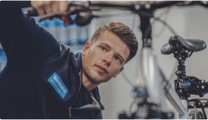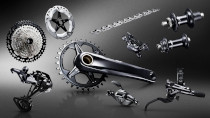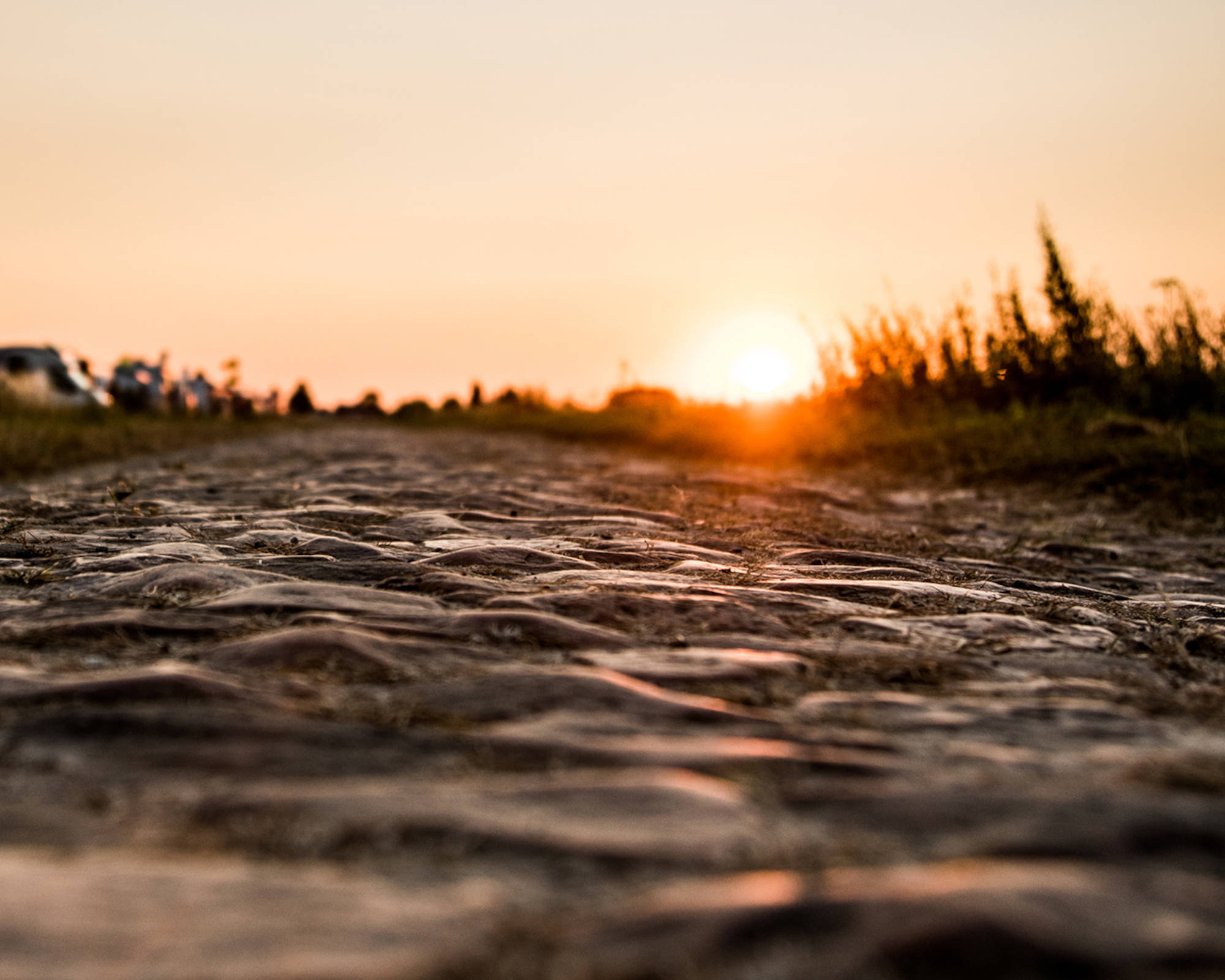For some, descending is the perfect reward after a strenuous climb. But for others, the speed and hairpin danger of riding downhill is a real cause for concern. That’s why we’re sharing some crucial tips from our specialists so every cyclist can enjoy a safe and exciting journey downhill.
In 2022, Tom Pidcock amazed cycling fans with his descending skills barreling down the Col du Galibier on his way to win the stage at the Tour de France. And even before that masterclass, we’ve witnessed other riders actually attacking during their descent. The speed can allow professionals to gain valuable seconds or create a gap, but for most passionate cyclists, it is more about using the descent as a time to recuperate and enjoy the landscape while trying not to break the sound barrier on your way down.
Shimano Europe Tech Specialist Rob Busser tells us cycling downhill with confidence isn’t just for professionals.
“I am positive that every rider can get more confident,” Rob says. This is confirmed by Steven Hendrikx, a pure grimpeur from Belgium who headed to the high mountains with Shimano riders Paul Foulonneau and Aline Guglielmi this summer for some serious cycling. Both Rob and Steven shed their light on what to look for gear-wise and what techniques every rider can apply when heading down.
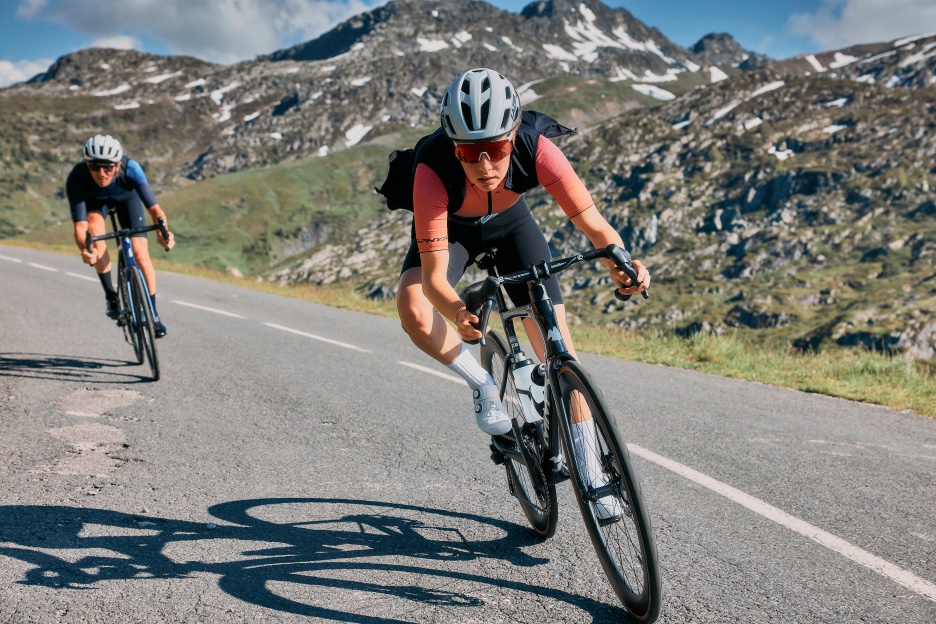
Built with professional input
When descending, the most important part of your bike is not your brakes. Of course, they need to work, but feeling safe and stable going down is more up to your wheels. They are your contact point with the tarmac, and their quality hugely impacts how your bike feels when the speed increases.
In order to create and upgrade the Ultegra and DURA-ACE wheelsets, Shimano collects and processes a tremendous amount of feedback from pro riders regarding ride quality. The results show that a stiffer wheel isn’t always the best choice. “As we talked with more riders about descending, they all mentioned that there are two kinds of rigidity when it comes to wheels. Riding rigidity and lateral rigidity,” Rob says.
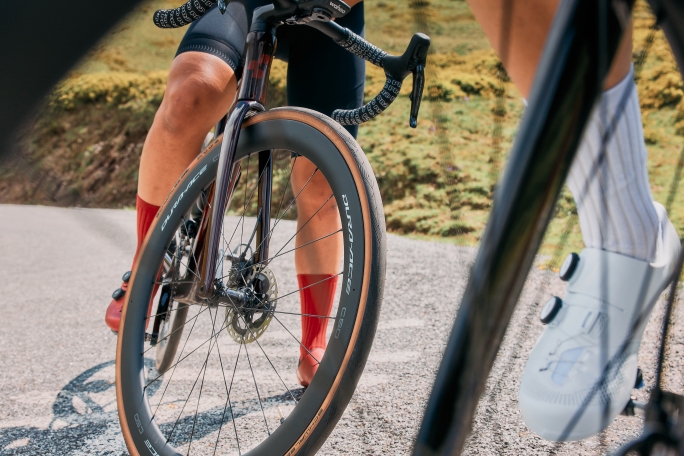
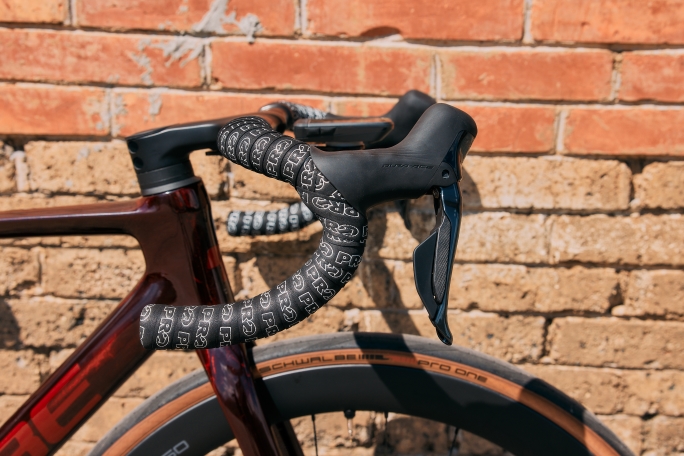
Downhill benefits of better wheels
“The latest generation of C36, C50 and C60 wheels have been designed for maximum riding rigidity while ensuring you stay comfy and in control during your ride. You don't want the lateral stiffness to be too high, as this can result in a nervous and less controllable wheel. As wheels are built out of three separate parts, it’s best to use a set that has been manufactured with a unified technical ambition in mind. At Shimano, the hub, spokes and rim are considered together when creating the C-series wheels, which is a huge benefit,” Rob Busser explains.
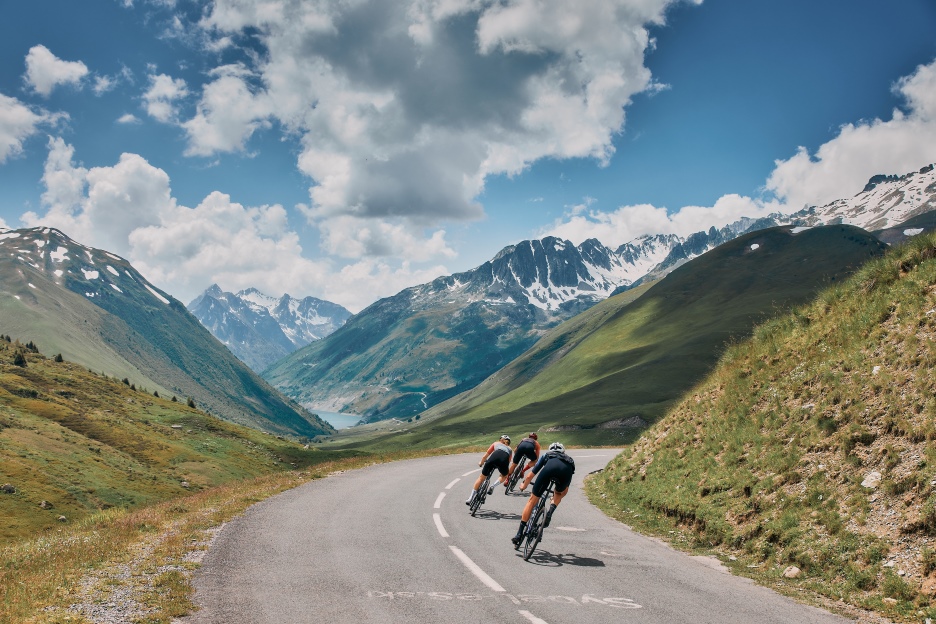
Descending is a mind-game
Steven can back this up with real-world experience. During the summer, he tried to find the best mountain roads in Europe to climb and descend more than 100,000 meters within four weeks. "It's about trying to be as smooth as possible," he says. "A smooth descent is a safe descent and with every corner, you gain confidence to mentally attack the next one.
“Descending is a mind game, a test of not just skill but also courage and confidence. At the beginning of the season, it is always good to start with descents you know. Building up confidence starts there and is something that needs to happen year after year. In the winter, I ride in the Ardennes. Most roads in that area are not really made for speed. But the fact that you have to take it easy and feel how far you can lean works really well, even in wet or snowy conditions."
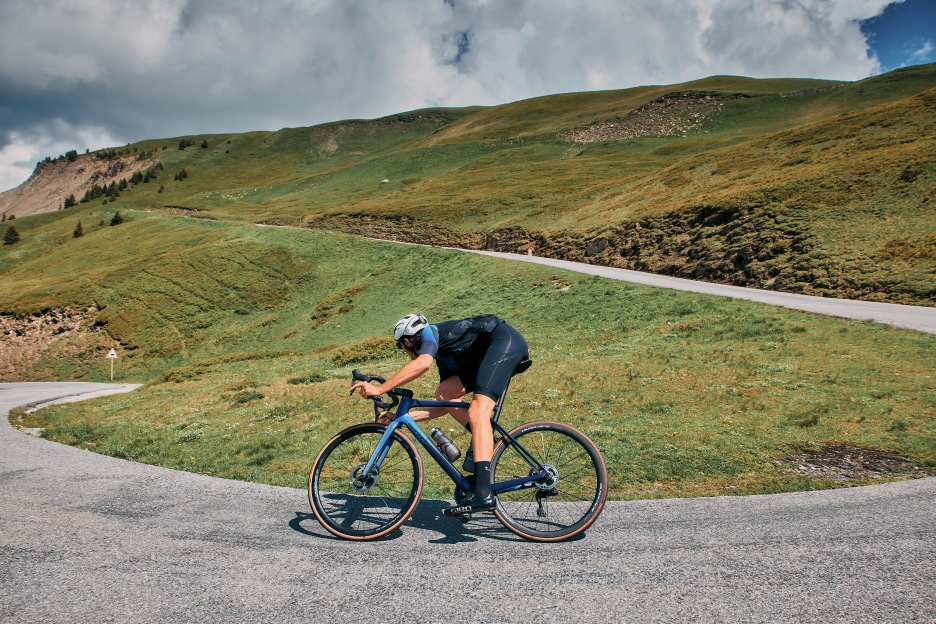
The importance of leg leaning
But to enjoy long descents, there are a few key pointers to keep in mind. "Besides building your confidence, it is also about being consistent in your approach. It starts with the speed. Reduce your speed enough before the corner, feathering both brakes. Release the front brake once you reach the corner and only use the rear one. This way, you keep control of the speed in the corner, and the bike will be aimed more toward the inside of the turn.
“The second is body position. Move your weight back to make braking easier and improve the grip of the rear tire. As a former motorcyclist, I also lean out my inside leg, which helps me aim better toward where I am going. Then there is the racing line. Of course, you always need to mind upcoming traffic, so you usually can't use the whole width of the road, but try to move slightly to the outside of the corner when approaching, then try to hit the apex (inside point of the corner) and move back out again when accelerating out of the corner. This is called the racing line, it’s considered the fastest, safest, and most effective way of getting through a corner."
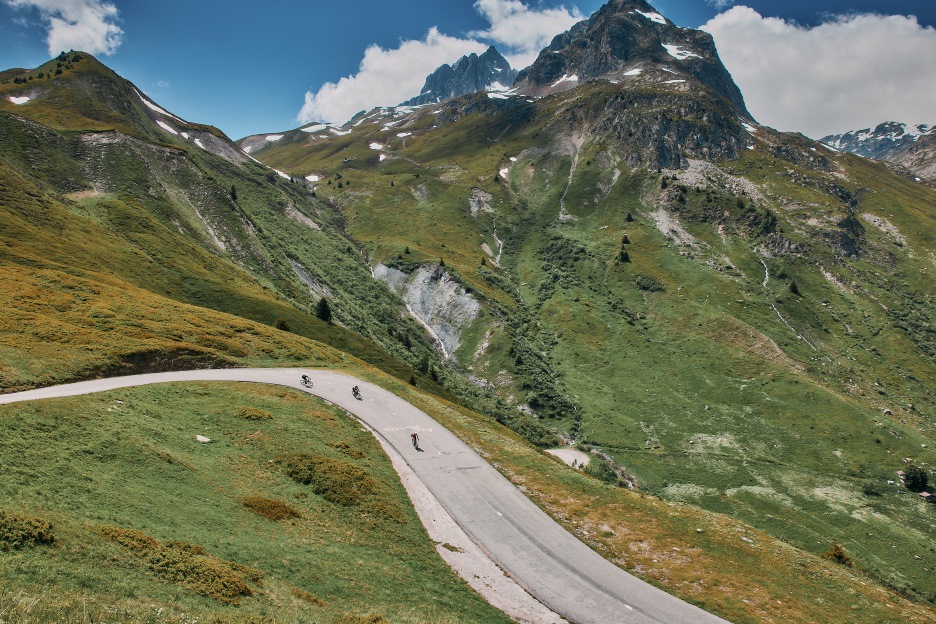
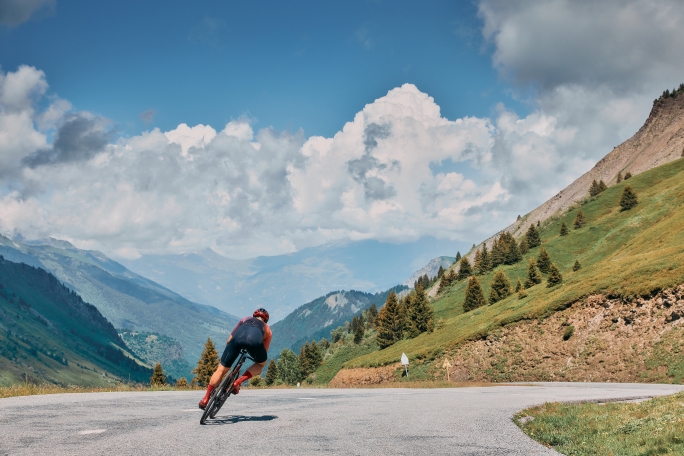
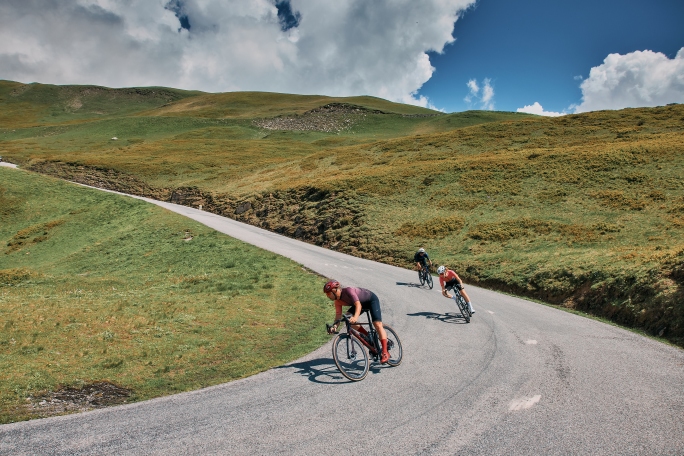
Look beyond the apex of the corner
There are two 'cheats' when it comes to clearing a corner faster and smoother besides using the racing line. "Nowadays, GPS units can be a great tool to know what's coming up," Steven continues. "Just make sure to set your head-unit to the proper page and dimensions so you can use the map as a reference to spot u-turns or switchbacks well in advance. I usually zoom out to 50 or 100 meters so I can really look and plan ahead during the descent.
“Before GPS units with maps were available, I used upcoming traffic to judge corners ahead, but the GPS is way more accurate. Another trick from motorcycling is to try and look through the corner as much as possible, this means that when you approach the corner, you're already looking at the exit of the turn instead of the beginning. As you’re riding a two-wheeled vehicle, you tend to steer towards the point you are looking at, so the further you look ahead, the better."
Balance at every turn
Rob Busser also chips in: "With Shimano wheelsets, except the C60, which is a true sprinters wheelset, we aim to balance speed and control in every part of the wheel. The rim should be aero enough while deflecting the wind without being overly stiff. The lace pattern of the spokes is in a 2:1 ratio with more spokes on the drive side to compensate for the extra stress this side of the wheel will endure. And last but not least, the hub should engage as quickly as possible, that's why we use our in-house designed ratchet system instead of traditional pawls. All this makes the C36 and C50 excellent wheels for climbing and descending, with the C36 being slightly lighter."
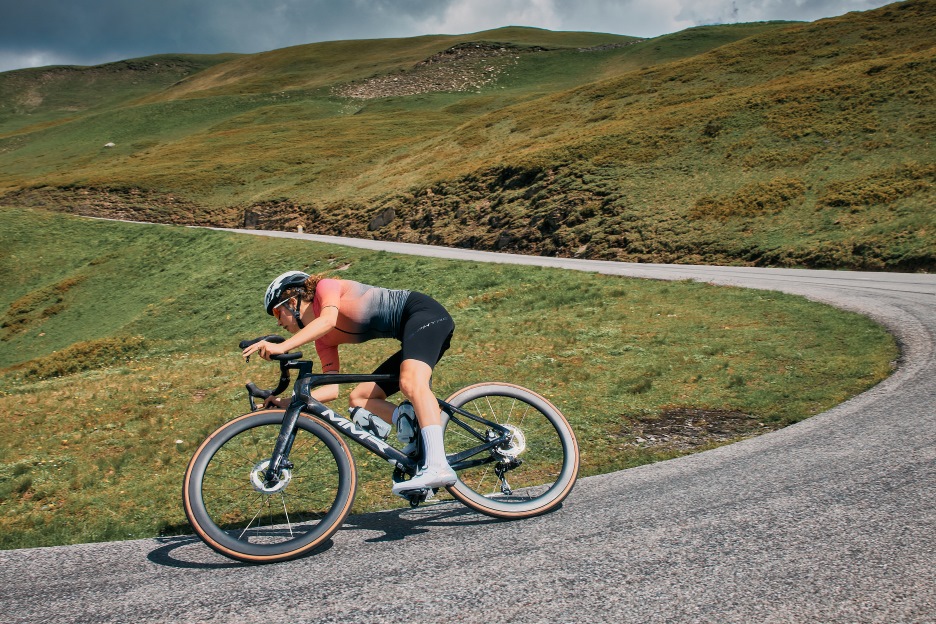
Wheel and tire width
Both Steven and Rob confirm that the width of wheels is actually quite important when it comes to building confidence. Of course, there are also aero advantages to a 28 mm wide rim, but the best thing is that a 30 or even 32 mm tire will easily fit. "More rubber is just better when descending," Steven says. "Again, this might be mostly in my head, but I just feel it makes the whole bike less nervous and adds grip."
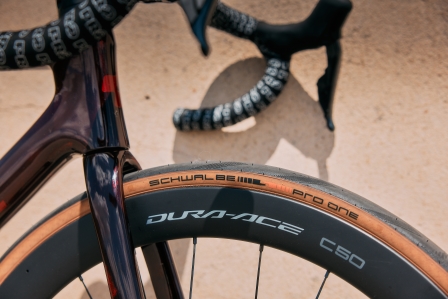
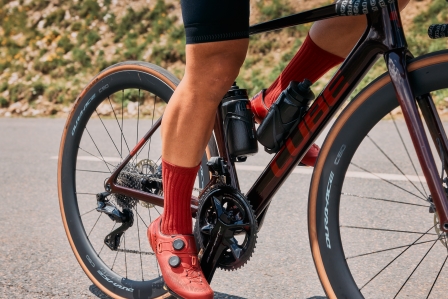
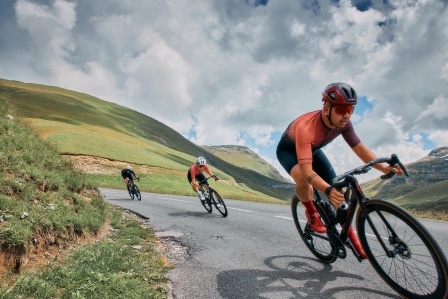
Faster with a dropper?
When we ask both to think a bit outside of the box and come up with ideas that could make descending more enjoyable or safer both Steven and Rob come up with interesting ideas.
"In theory, a mixed setup of a C36 front and a C50 rear wheel could be faster in situations where there might be a lot of wind,” Rob says. "I'm not sure I would like the look of that particular set up though."
Steven mentions the amazing descent of Matej Mohoriç during Milan - San Remo. “His secret weapon, that dropper-post, could really change the way you feel on the bike during the descent. Being able to lower your weight on the bike hugely impacts the way the bike handles at speed. But I guess it's not easy to add a dropper post to an aero frame, but I would love to give it a try."
Ultimately, descending will always be challenging, it’s always important to keep your cool and avoid dangerous situations. The great reward of cycling also lies in the fact that we will get better over time as we learn more about technique and find the right gear for our favorite rides.

